Some Romanians nostalgic 20 years after communism
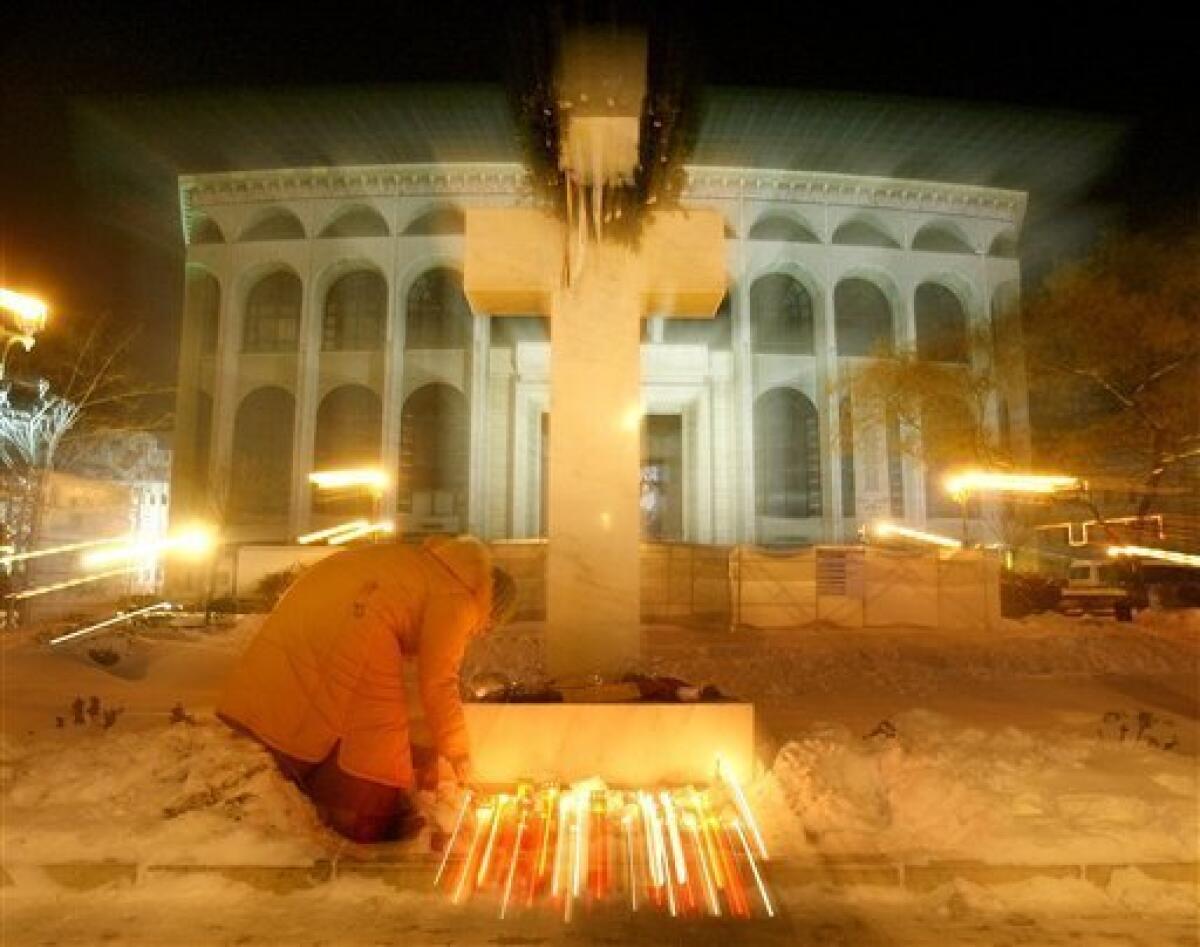
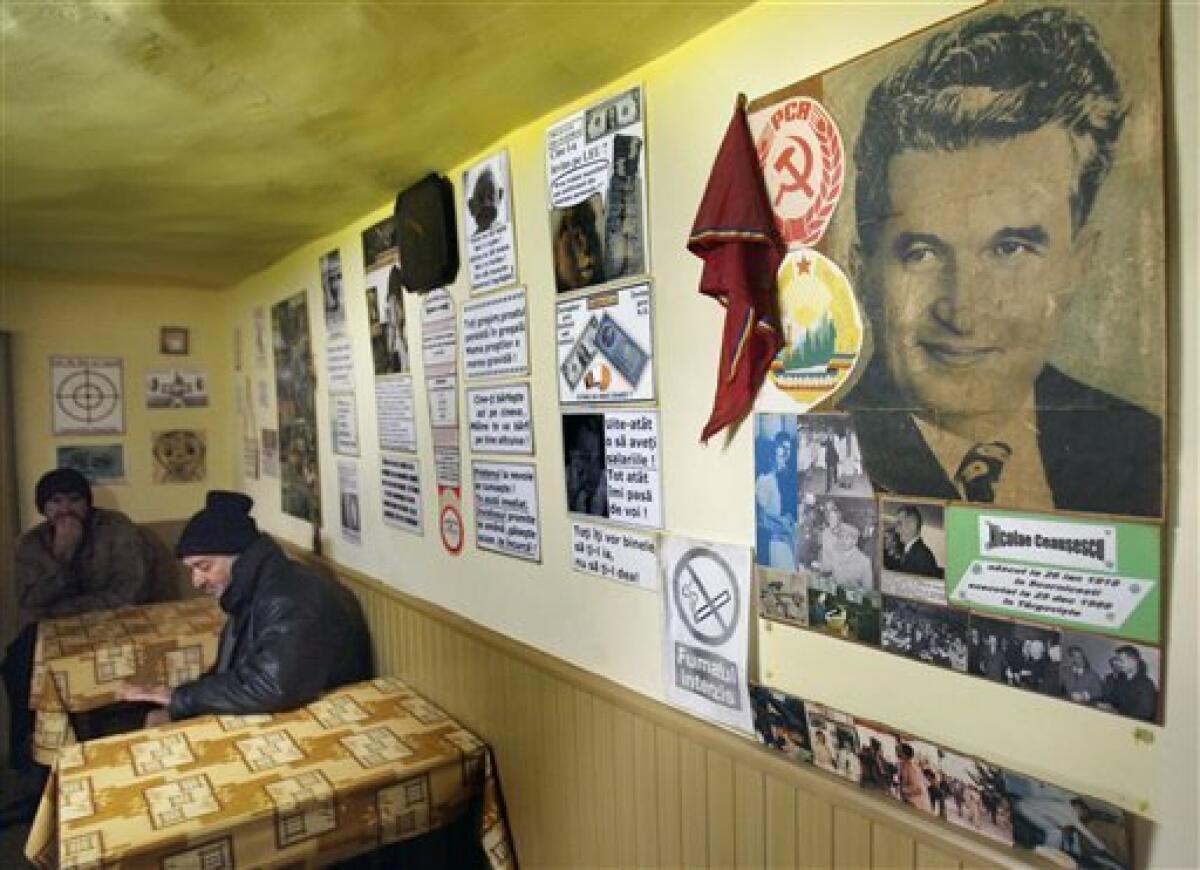


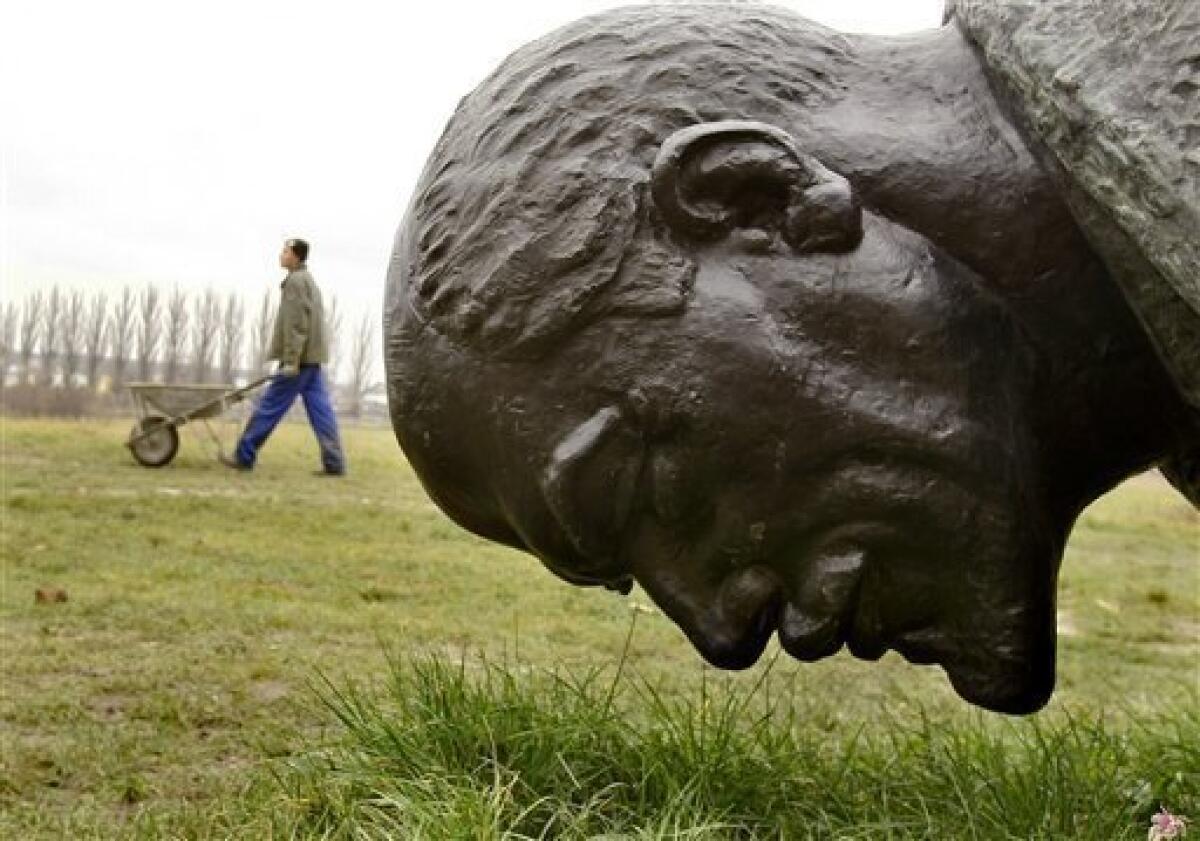
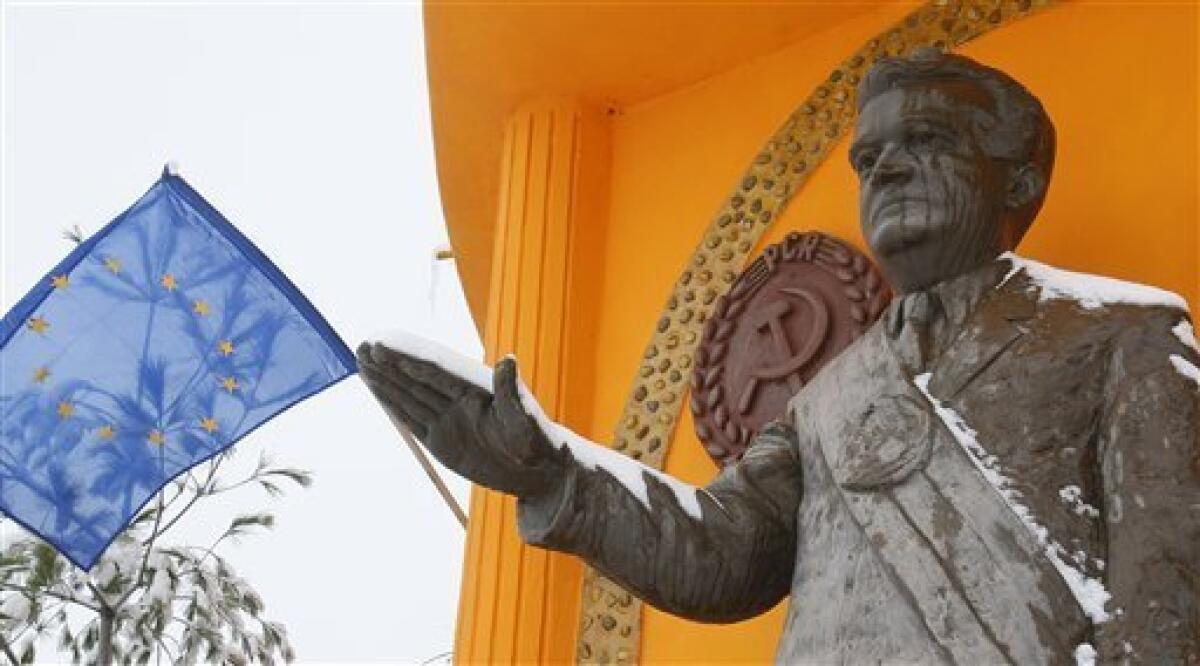
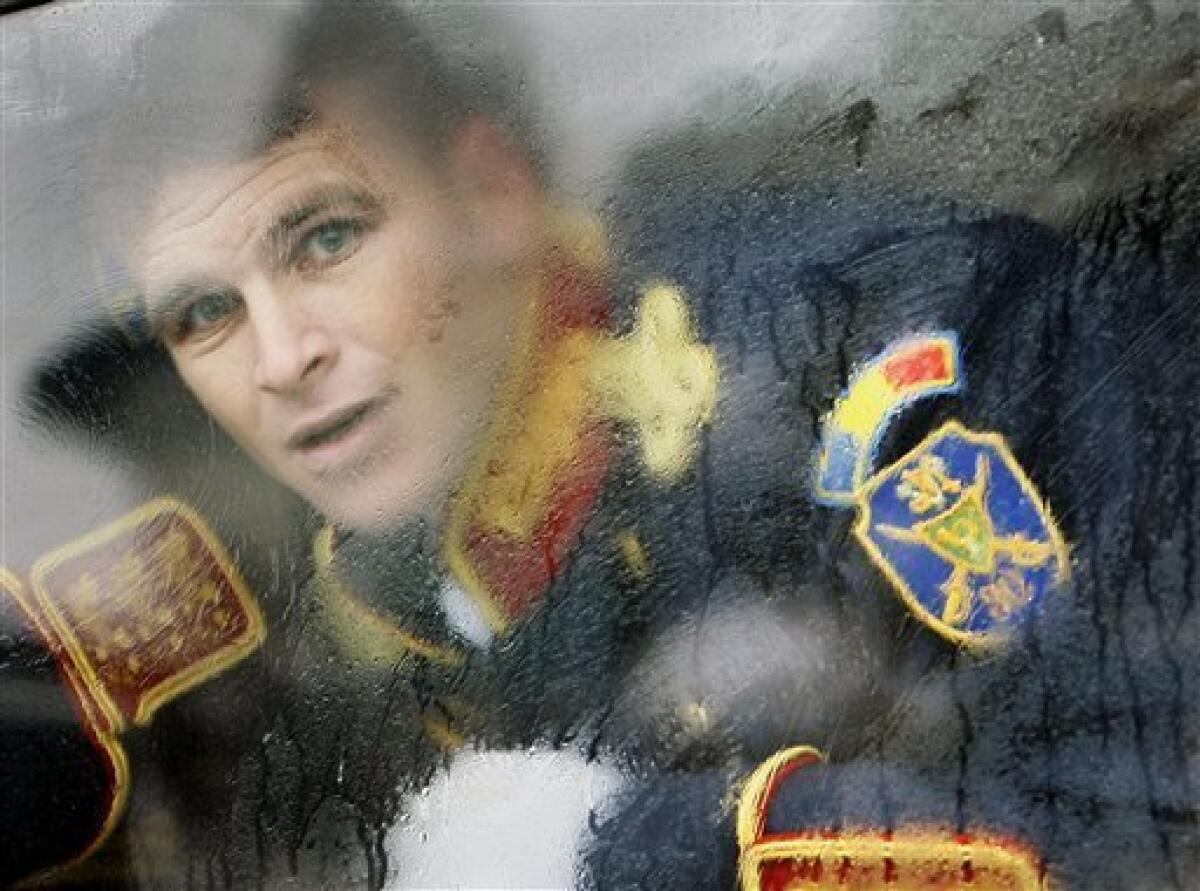

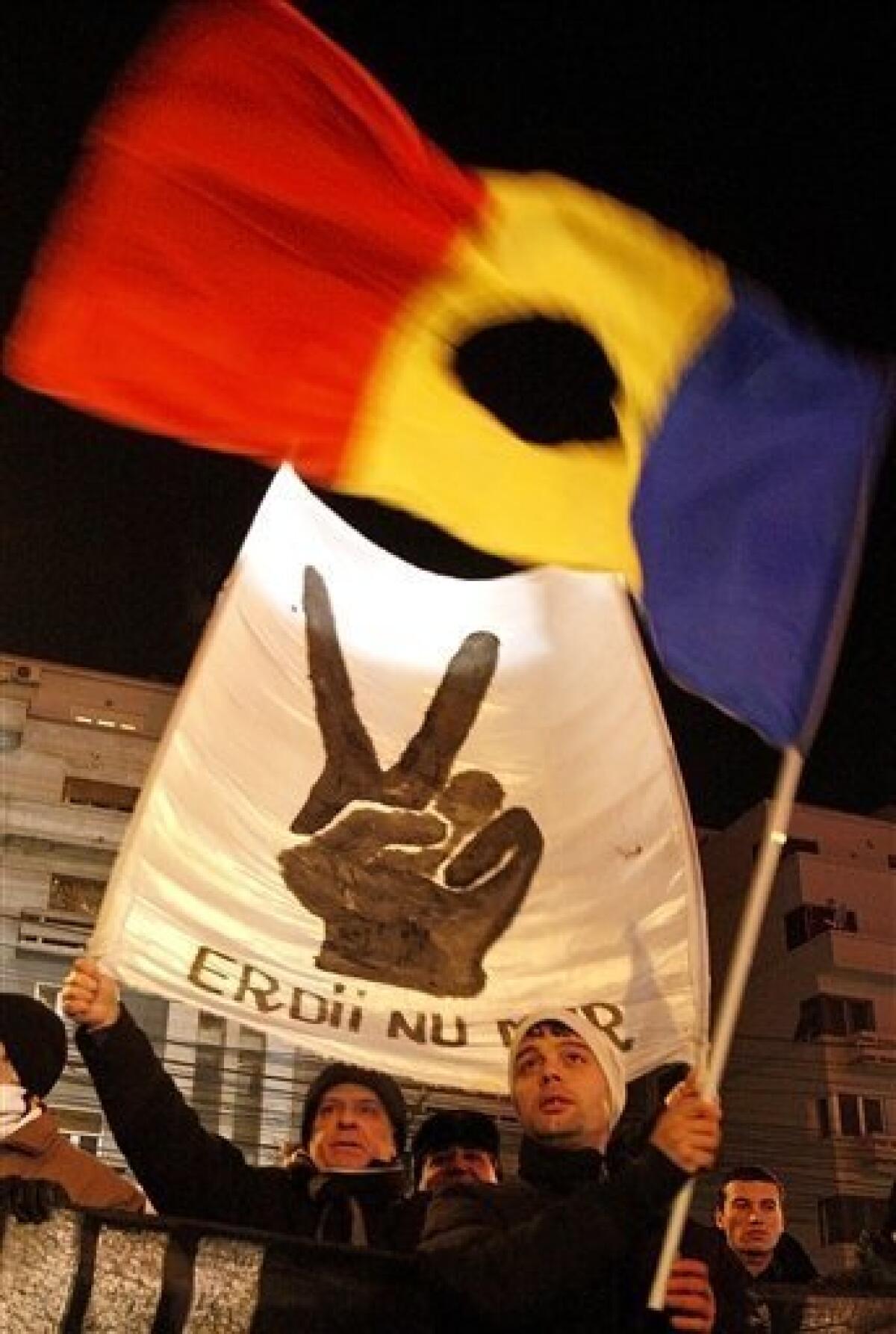
He was the poster child of East Europe’s bloodiest revolution against communism 20 years ago, a dashing young academic who captured the yearning of Romania’s masses for a new beginning after decades of Stalinist repression by an aging dictator and his henchmen.
Two decades later, Petre Roman, Romania’s first post-communist prime minister, has emerged unscathed by scandal and controversy from the turbulent era after the toppling of Nicolae Ceausescu.
Roman has aged well. Not so Romania.
The struggle that left more than 1,000 dead and captivated the world appears increasingly irrelevant to a new generation facing economic hardship and political bickering, and focused more on living for today than reliving history.
Today, Romania is mired in debt - with foreign obligations of almost euro78 billion ($113 billion) and dependent on an International Monetary Fund lifeline to meet its budget for next year.
Although it joined the EU in 2007, the nation remains in recession, and paralyzed by political infighting - most recently by a hotly contested presidential election marred by allegation of wholesale fraud. Transparency International effectively named the country as the most corrupt of the 27 EU nations.
Woven into Romania’s unhappy present is a perception of a tainted post-revolution past. Many political leaders after Ceausescu were cronies turned critics of the dictator, leading to a widespread view that a genuine uprising was quickly co-opted by former Ceausescu allies.
Whereas democracy swept away communism in East Germany and Czechoslovakia, the Romanian old-guard that took over after Ceausescu perpetuated communist practices, including cronyism and corruption, according to popular sentiment.
That - and the fact that only a handful of senior officials were tried for the mass shootings of the unarmed civilians thronging city squares in revolutionary fervor - perpetuates the mood of cover up, well after other former Soviet bloc nations have moved on.
“In terms of democracy it was a great achievement,” Roman said of the initial wave that swept away both Ceausescu and wife Elena, his partner in repression, while acknowledging that many today are “nostalgic” for the communist era of job security, low crime rates and cradle-to-grave social benefits.
In the past 20 years, “we have a situation where a bunch of people got very rich and the large majority are living in a precarious situation,” Roman told The Associated Press on Tuesday. “This is not normal.”
The revolt began Dec. 16, 1989, in the western city of Timisoara and engulfed Bucharest six days later.
Ceausescu and his wife Elena were executed after a summary trial on Christmas Day. His brutal reign was underpinned by the notorious Securitate who had an army of an estimated 700,000 informers - about 1 in 20 Romanians - to stifle dissent during 25 years of harsh rule.
Toward the end of the Ceausescu era, ordinary Romanians suffered through harsh rationing in which bananas and oranges became luxuries, as the dictator tried to pay off the country’s foreign debt. Meat, cooking oil and butter were severely limited, blackouts were common and in winter, Bucharest was the communist bloc’s gloomiest capital, its potholed streets gripped in ice and darkness.
The world greeted Ceausescu’s downfall, captivated by television images of poorly clad but jubilant Romanians flooding the streets and riding confiscated military vehicles. Horror after horror of his era was exposed - mental asylums where patients were kept like animals and orphanages whose charges were little better off. But still the people rejoiced - and hoped for better times.
Roman’s political career in some way mirrored his country’s path.
Now 63, he was launched into political prominence two decades ago by old-generation leaders - some of the very men accused today of stealing the revolution. Unlike them, however, he was seen as the young face of the young revolution, an intellectual untainted by the Ceausescu era.
As prime minister between December 1989 and October 1991, he was greeted on factory visits by female workers chanting “We don’t want Kent or hard currency, we want sex with Roman,” in an ebullient proclamation of their preference for the young politician over hotly sought post-communist commodities like Western cigarettes, dollars or deutschmarks.
But his drive for economic and democratic reform as prime minister soon was stymied by his erstwhile proteges’ suspicion of change. He was forced to resign in 1991 in what he called a “communist coup,” and formally split from the Socialist party of former communists. Today, he watches his country’s continuing transformation struggle from the sidelines, as he works with non-governmental organizations focused on climate change.
In any revolution “sacrifices are expected but obviously not on this scale,” Roman said during an interview in his downtown office decorated with photos of himself with Mother Teresa, the late pontiff Pope John Paul II and former revolutionaries. A framed Romanian flag was placed next to his desk, its center ripped out in an evocation of those stripped of their communist crests 20 years ago.
Roman blamed a lack of evidence for the dearth of prosecutions. He said there is no film footage of the worst day of shootings - from Dec. 21-22 - in Bucharest, where 564 people were killed.
He said guns were handed out to untrained members of the feared Securitate secret police and army after the Ceausescus fled the capital Dec. 22.
Not far from his office, a few dozen former revolutionaries braved the Balkan chill as they huddled around a commemorative monument just steps from where the Ceausescus fled the popular uprising.
“It’s good we got rid of Ceausescu,” bookkeeper George Givoacas said, as politicians placed wreaths on the structure. “But we still don’t have enough democracy and freedom.”
At Ghencea cemetery a few miles away, Ionica Dumitru, 22, laid red roses and white carnations at the Ceausescus’ snow-covered tombstone, adding to the two spruce wreaths and three fresh floral arrangements placed earlier by other admirers.
“Ceausescu had many negative points,” the 22-year old IT student said. “But in his time my parents had a job.”
---
George Jahn reported from Vienna.